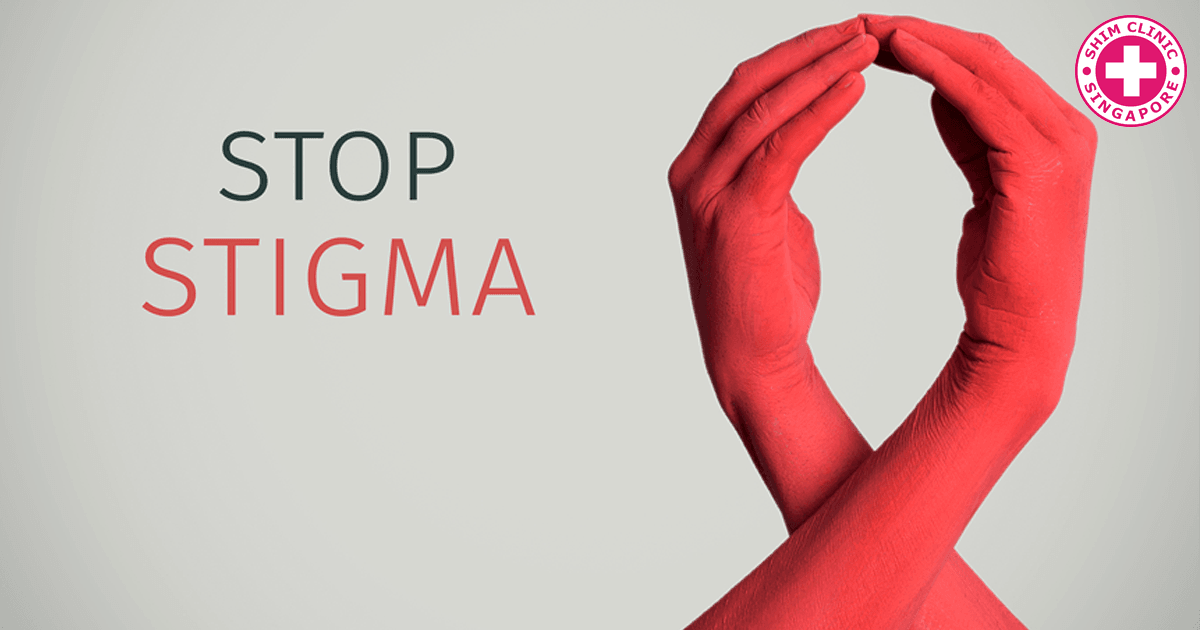You go to a night club and meet a guy/ girl. They’re some eye candy and are awesome company. You probably want to hook up with them soon as you leave the club. Then they drop the bombshell – they are HIV positive. What do you do?
HIV Infections in Canada
When HIV first showed up in the 90’s, it instilled a lot of fear. Today, that fear still exists. However, with extensive research being conducted to shed light on the true nature of the virus, the fear has shifted to the infected individuals.
According to the Public Health Agency of Canada, 2,570 new infections were reported in 2014, as compared to 2,800 cases in 2011. While this implies a decline, it is not exactly an indicator of the eradication of the virus.
Saskatchewan leads in the number of HIV rates in Canada. In 2016 for instance, about 170 incidences were recorded. This was 10 more cases than those reported in 2015. In 2015, 14.4 diagnoses for every 100,000 people were done in the same province. This was in comparison to 6.1 in Ontario, 5.1 in British Columbia and 5.7 in Quebec.
Why the higher cases in Saskatchewan?
According to local experts, there is rampant spread of the virus between drug injecting individuals and homosexuals. However, this is also prevalent in the heterosexual setting.
Anti-retroviral treatment makes it possible for a HIV positive individual to protect themselves and their partner. If taken regularly and managed effectively, patients have actually seen a life expectancy that is rather similar to an uninfected person.
The introduction to both HIV PEP (post-exposure prophylaxis) as well as HIV pre-exposure prophylaxis (PrEP) have been major milestones that are protecting people at risk of being exposed to the virus.
Yet medication is only a small part of the equation. HIV is a multi-prolonged social and health issue including mental health. Food, housing and employment security is lacking in Canada, which has an impact on the social determination on sexual and physical health.
In Saskatchewan, the majority of the HIV cases come from rural areas, which include reserves and the north and central regions in the province. It affects indigenous people, and gay and bisexual men.
These are patterns of a disease that affects inequality on levels including health care, employment and mental health. This in itself is a scary factor.
Stigma Affecting HIV Testing
It’s believed that 1 out of 5 people do not know their status and are reluctant to get tested. Their concern goes beyond the effects of the illness.
A huge concern is that the stigma surrounding the virus could prevent them from getting a job or getting into a relationship. There is also the fear that it could land them in jail.
The law in Canada prosecutes and convicts those found guilty of HIV non-disclosure on the charges of aggravated sexual assault. This law states that one can only be exempt from disclosing their status prior to sexual activity if they use condoms and have a low viral load, achieved through effective use of ARTs.
This law in itself generates stigma in the general population. Experts warn that such a law, in addition to failure of the government to support and fund related organizations and research, continue to marginalize positive individuals and encourage fear in the general public.
Stigma and lack of support remain factors that fuel the rise of new infections. Canadians and the rest of the world including Singapore must go beyond this fear for the virus and the people themselves. This will allow more caution to be practiced as well as allow more who are at risk to get regular HIV testing with a STD clinic like Shim Clinic.

